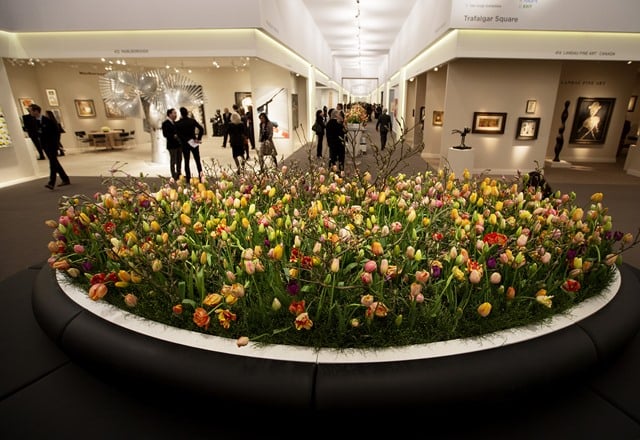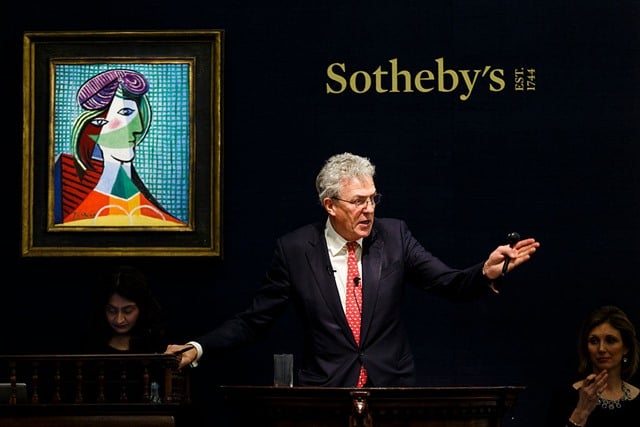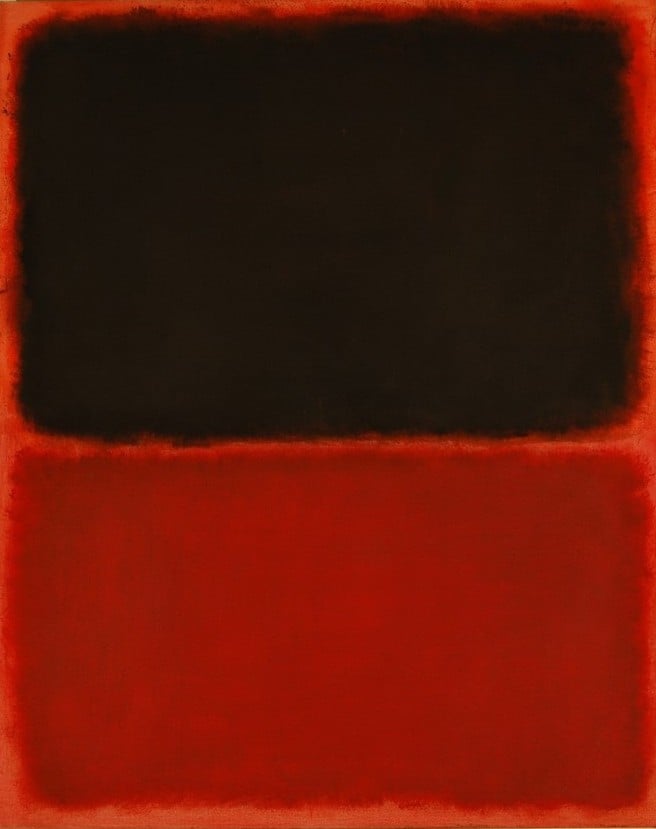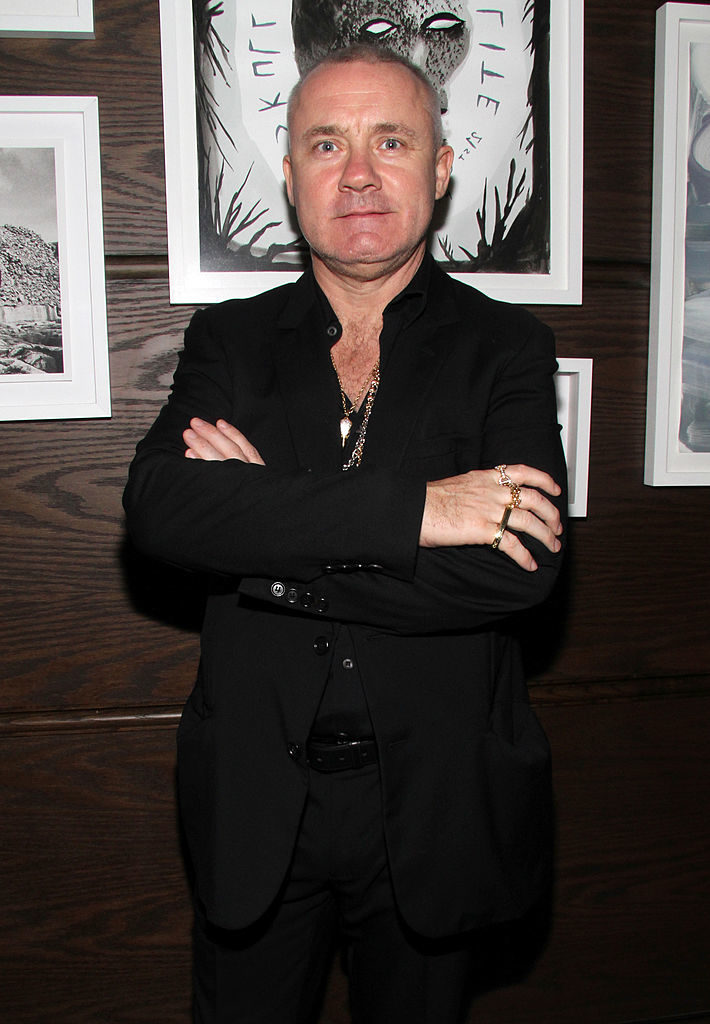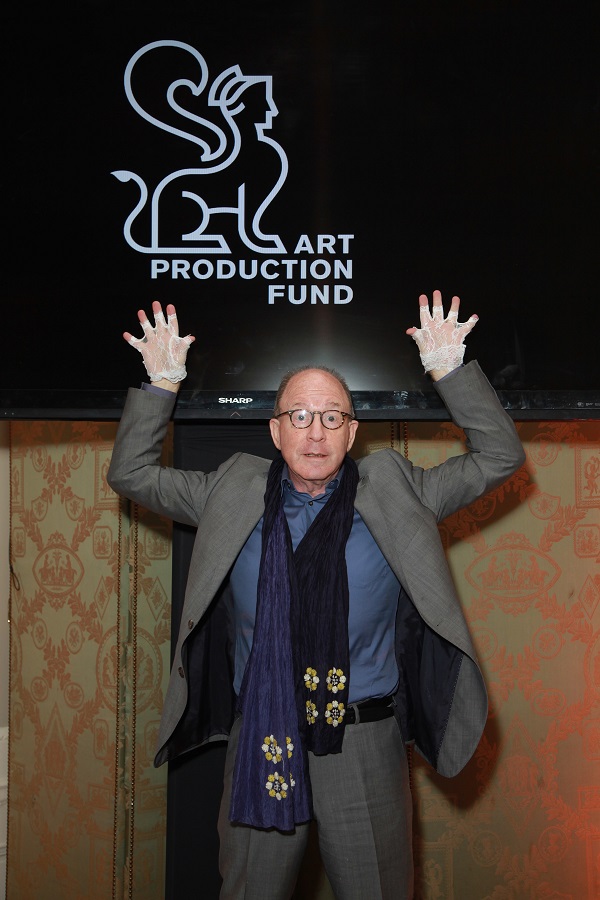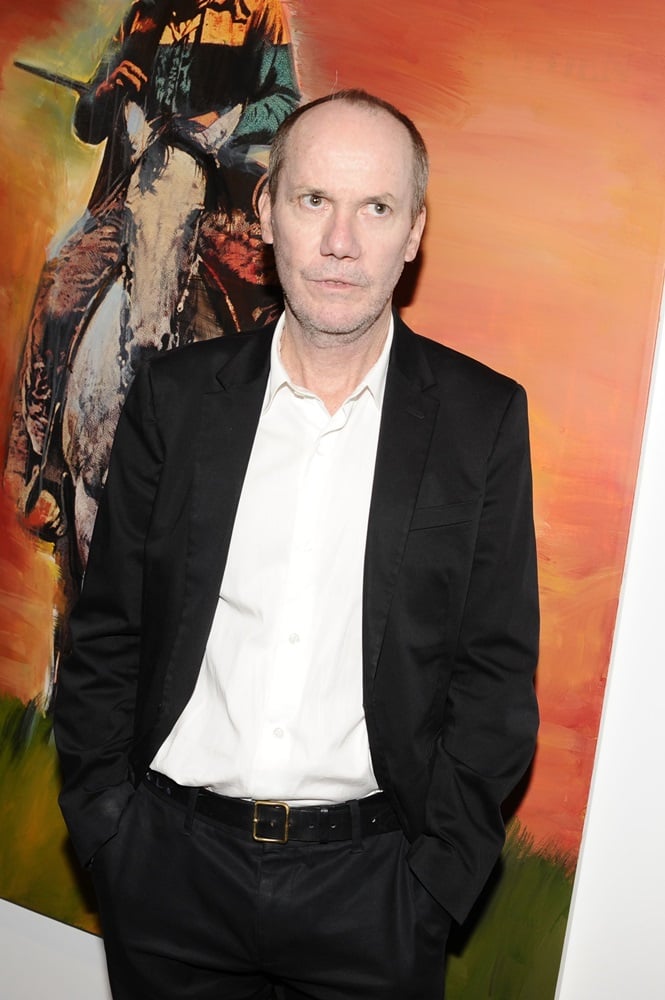Artiquette is a series that explores etiquette in the art world.
How do you make it in the art world? It’s a magical formula
that involves, talent, drive, grit, and yes, the ability to promote
oneself. Unfortunately, talking up your own artwork, projects, and ideas
can be a delicate balancing act.
To help you walk that line, artnet News has rounded up a
list of mistakes to avoid in self-promotion. This advice applies not
only to artists looking to make a name for themselves but also to
everyone navigating the thorny issues involving self-promotion:
Galleries, museums, and publicists, take heed.
Related: Your Ultimate Guide to Becoming a Successful Artist
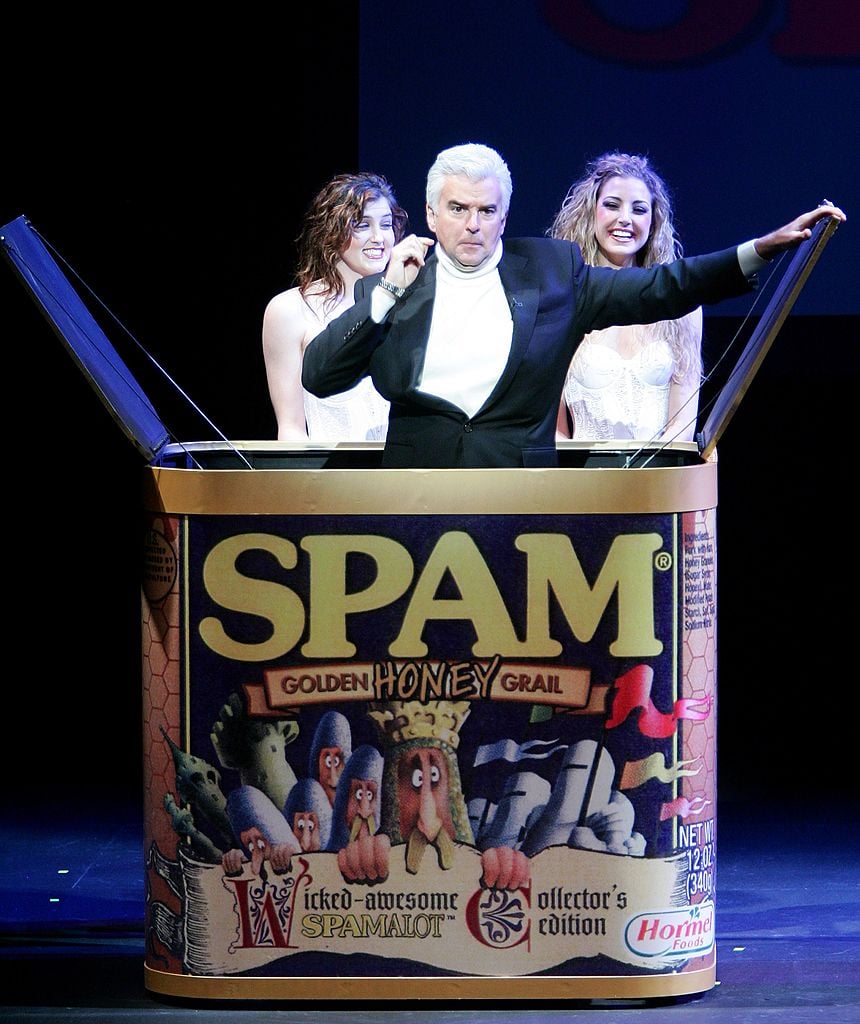
Actor
John O’Hurley emerges from a prop can of Spam during a launch event to
introduce “Monty Python’s Spamalot” at the Wynn Las Vegas in 2007.
Courtesy of Ethan Miller/Getty Images.
1. Don’t spam your audience.
No one likes to feel bombarded. As Hyatt Mannix, the communications manager at
High Line Art,
told artnet News in an email: “You are likely to lose interest from
your followers if you post more than twice in the span of 30 minutes.”
This applies to emailing art writers as well. On Monday,
July 4, while many in the US were out grilling hamburgers, a man who
goes by the moniker “Moltenglue Drywallmud” for email purposes chose
instead to send me no less than nine emails between 2:30 p.m. and 2:44
p.m. Unsurprisingly, those were the only messages I received at that
time. (Despite having different subject titles, each included
the same painting in the attachment.)
Related: Artiquette: How to Take a Winning Selfie With an Art Star
2. Don’t put out an underwhelming press release.
It doesn’t matter how great the work is: If you aren’t able to
communicate your message clearly, it’s highly unlikely anyone will pick
it up.
One of my favorite stories that I wrote last year, about how a curator identified
a long-lost Fabergé egg surprise in
the British royal family’s art collection, almost didn’t get written
because of the hard-to-parse email announcing the discovery.
You might think your work speaks for itself, but that’s not always the case.
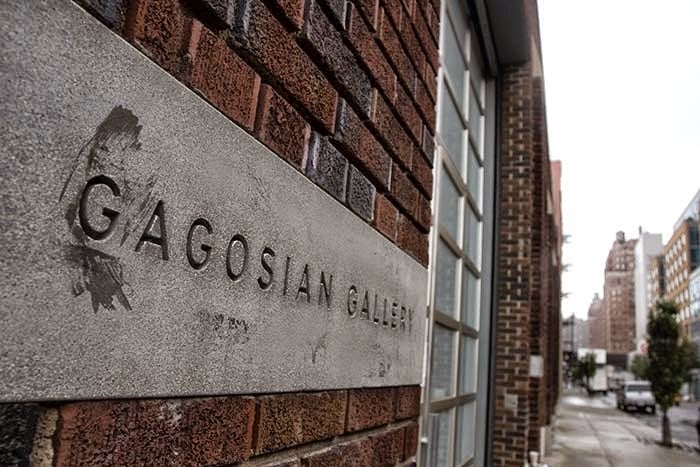
Gagosian Gallery. Courtesy of the gallery.
3. Don’t send galleries unsolicited artwork.
A few months ago, in a Facebook post that has since been since been
removed, a Brooklyn gallery owner complained about being inundated with
emails full of artwork from artists she had never met who were seeking
representation:
Dear portfolio-link sending artists,” she wrote. “It doesn’t
work like that with galleries. This is like walking up to a girl and
asking if you can fuck her. You need to meet the gallerists in person,
get to know their taste and interests and find where your work fits,
thoughtfully.”
Avoid this aggressive approach by identifying a gallery you
think might be a good fit, working your connections, and seeking a
personal introduction, rather than cold emailing.
Related: Artiquette: 10 Tips for Dressing the Part of the Art Connoisseur
4. Don’t just email anyone.
Whatever it is you’re pushing, it isn’t going to appeal to everyone. Do
your research, and figure out who, be it a journalist, a gallery, or a
collector, has expressed interest in similar projects in the past. This
is who you want to target.
As arts publicist Molly Krause, founder of
Molly Krause Communications,
put it in an email to artnet News: “Just because someone writes about
art doesn’t mean that he or she necessarily covers upcoming gallery
exhibitions, and just because someone covers upcoming gallery
exhibitions doesn’t mean that he or she necessarily writes about
anything other than, say, photography. Be respectful.”
5. Don’t overwhelm your audience.
How many photos should you share of the work? Mannix warned against both
using too many images and having too many: “Don’t underwhelm or
overwhelm,” she wrote.
Be considerate of download times and choose low resolution
images. Remember, as Mannix points out, “you don’t want to clog up
anyone’s inbox.”
Related: Artiquette: 10 Tips for Pricing an Artwork

A Christie’s staffer with Henry Moore’s sculpture Reclining Figure No. 2 (conceived in 1952) at Christie’s King Street, London, in 2015. Photo by Rob Stothard/Getty Images.
6. Don’t forget the 5 Ws.
When approaching someone with a pitch, lay out what you’re promoting,
and be as clear as possible. “Don’t forget to tell us what exactly your
work is. Is it a painting? Is it a sculpture?” Mannix wrote. “It’s
helpful to ask yourself if you’re explaining who, what, where, and (a
very brief) why.”
Related: The Ego-Centric Art World is Killing Art
7. Don’t make your audience angry.
If you’re consistently getting radio silence in response to your efforts
at self-promotion, leave well enough alone. Trim your mailing list in
an effort to reach out only to those you really think are interested.
And definitely let people opt out.
Danielle Wu, a gallery associate at Galerie Lelong, told me
in a Facebook post that her pet peeve is when people are “emailing
regularly and not including a way to unsubscribe.”
8. Don’t forget about links.
One big no-no is putting a link in your Instagram caption. “We can’t
click it!” Mannix explained. “Always put the link in your bio, where
visitors to your page can easily follow a link to visit your website.”

Greek
Prime Minister Alexis Tsipras and Russian President Vladimir Putin
visit the Byzantine and Christian Museum in Athens on May 27, 2016.
Courtesy of THANASSIS STAVRAKIS/AFP/Getty Images.
9. Don’t be cryptic.
Between mid-March and mid-May, I received eight bizarre emails from a
man I will call Bob. The emails had subject lines like “Question the
monopoly” and “Western decline,” and were addressed to me, first and
last name, and artnet.com, and were also sent to our editor-in-chief,
Rozalia Jovanovic.
Bob, who appears to have some sort of project about
non-Western art, always asked a vague question, such as “Do Western
governments discourage Western identity? Please consider.” He included a
link to his website in his email signature every time, but I never felt
compelled to visit it—nor, to be honest, to open his subsequent emails,
save for the purposes of this story. If Bob can’t take the time to
explain what the heck it is he’s doing, why should I bother to try and
find out on my own?
Related: Artiquette: 11 Tips to Surviving a Gallery Dinner
10. Don’t exaggerate.
Using Donald Trump-esque “truthful hyperboles” to enhance or lie about
your work or your resume might help in the short term, but it is a
faulty long-term strategy. The truth will eventually emerge, and you
don’t want to be caught in a compromising position.
Follow artnet News on Facebook.


